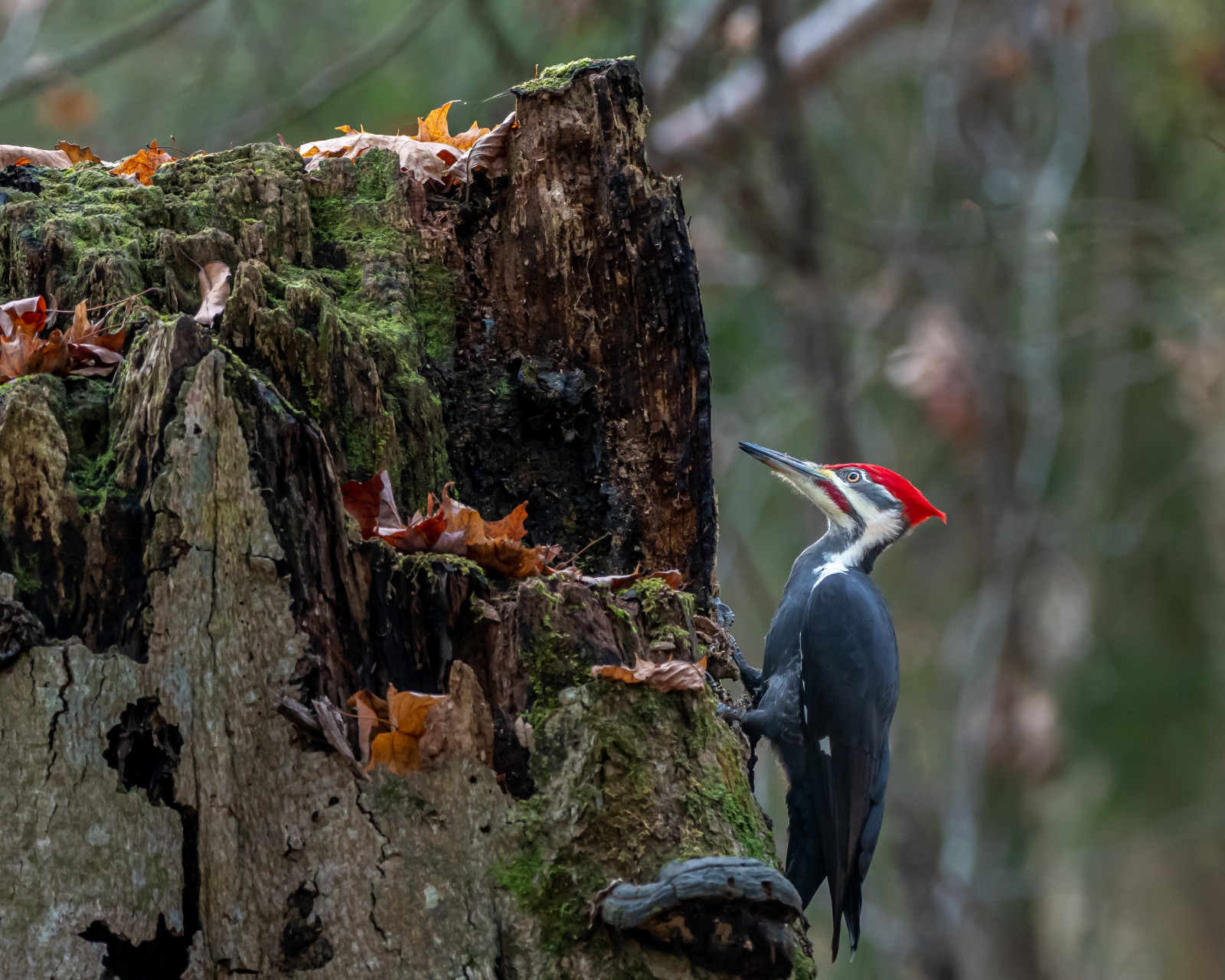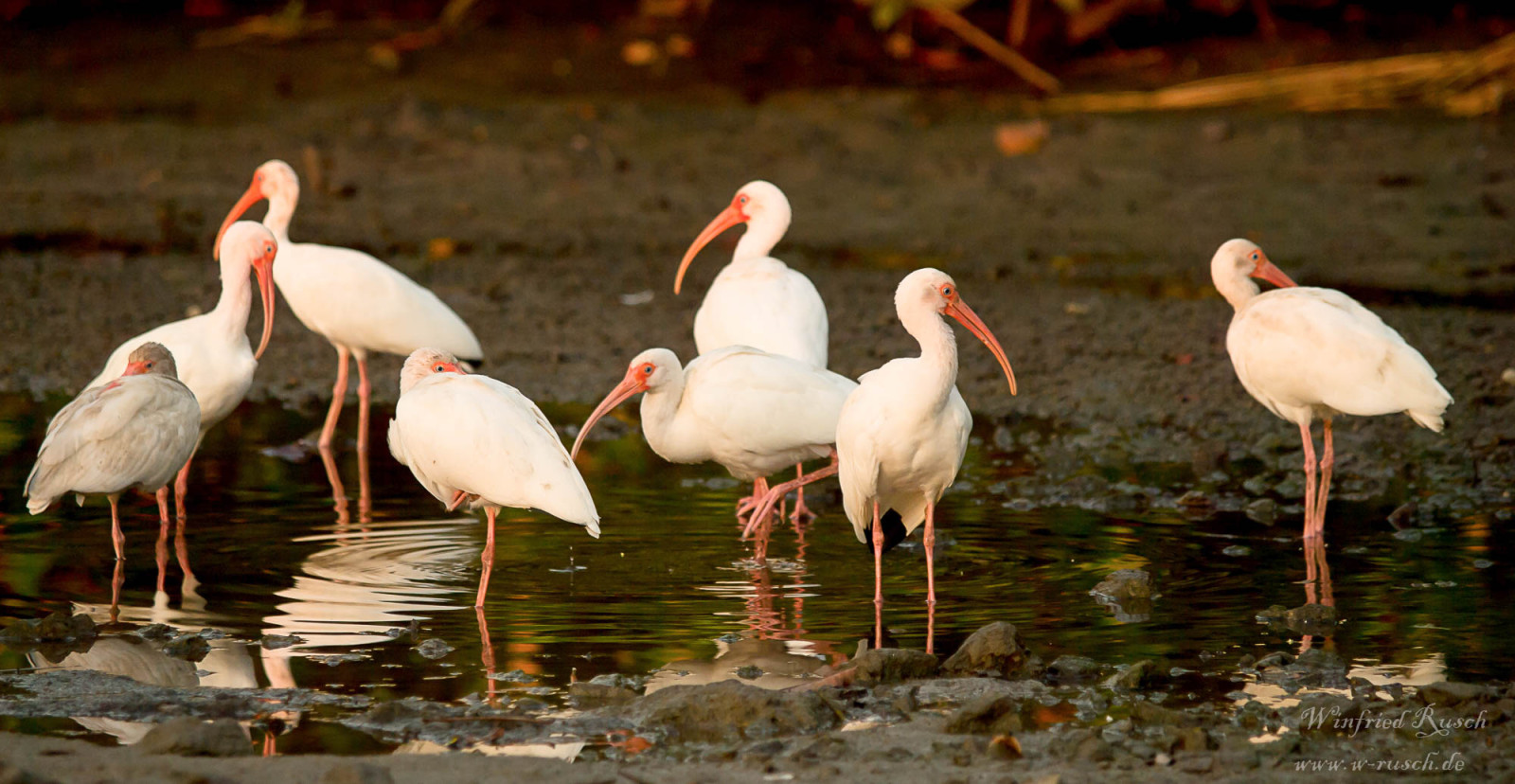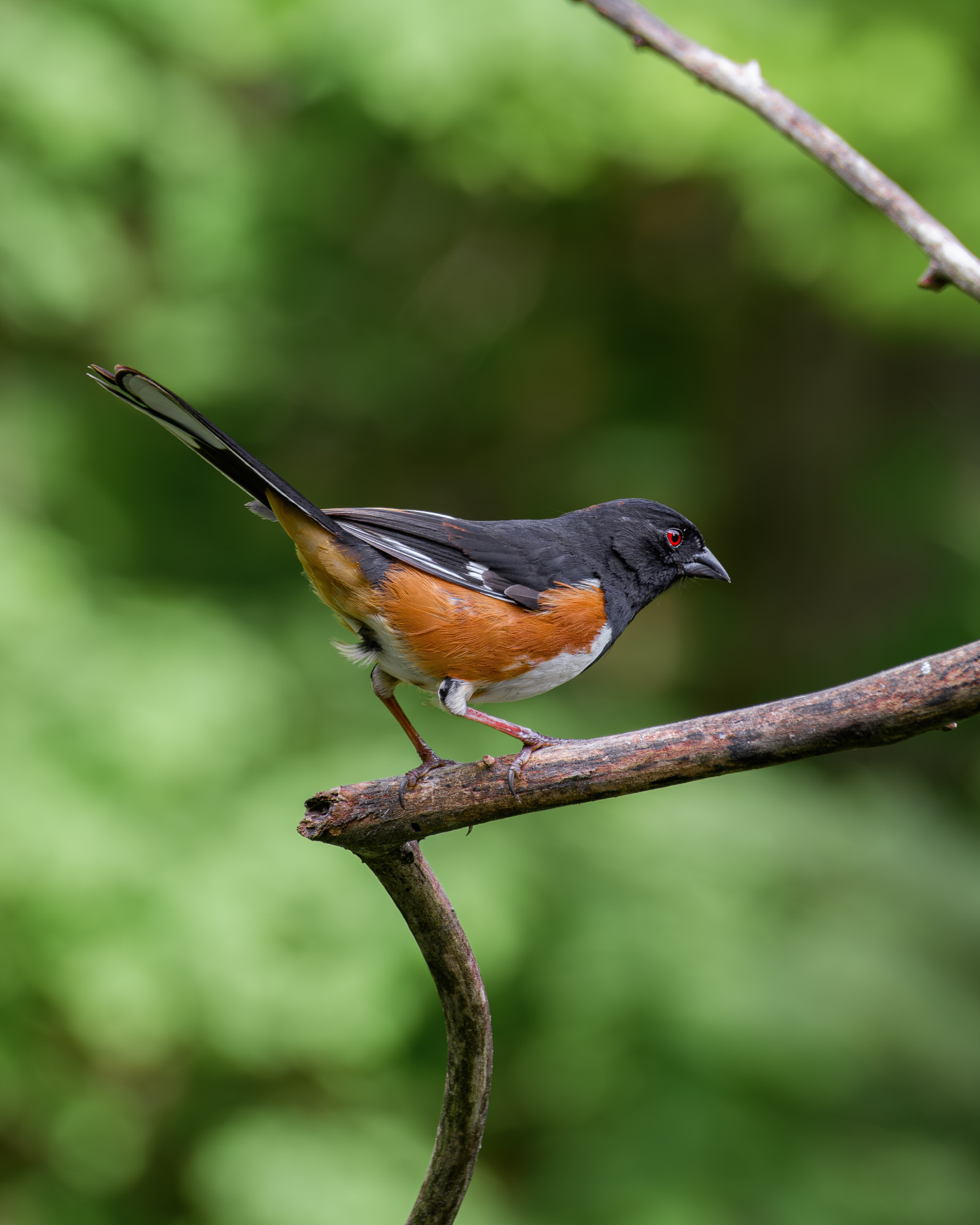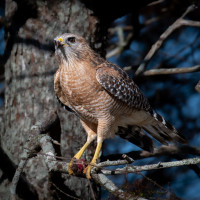Opis
Merritt Island National Wildlife Refuge is famous among birders. The refuge was established in 1963 for the protection of migratory birds. Consisting of 140,000 acres, the refuge provides a wide variety of habitats of dunes, marshes and forest. The Oak & Palm Hammock Trails run through hardwood hammocks. The two trails start at the same place. The Oak Hammock Trail is 3/4 mile loop on foot paths and boardwalks. The trail is a figure 8 that winds through seasonally flooded forests through a thicket of ferns under the shade of live oaks, it provides an easy introduction to one of the most pleasant habitats at the north end of the island, the hammock. The Palm Hammock Trail is a 2 mile loop on foot paths and boardwalks through a lush forest of mature saw palmettos.
Szczegóły
Dostęp
Merritt Island National Wildlife Refuge is located on Florida’s Central East Coast about 30 minutes south of Daytona Beach at exit 220 on I 95 at State Road 406. Parking is available at the Oak and Palm Hammock trailhead, located 1.2 miles east of Merritt Island Visitor Center. Click on the P in the map for directions. Be sure to take both loops.
The Visitor Center of Merritt Island NWR is open year round, 8 am to 4 pm Tuesday through Saturday. Closed Sunday, Monday, Thanksgiving, Christmas, and New Year's Day. Refuge roads, trails and boat ramps are open from sunrise to sunset daily.







